Aflatoxin B1
Aflatoxin (AFs) is a fungal toxin that is a secondary metabolite produced by Aspergillus flavus and Aspergillus parasiticus, and is highly toxic. AFs are widely present in various food crops and may cause pollution during crop maturation, harvesting, and storage. Feed crops such as corn, cottonseed, and peanuts are susceptible to contamination by aflatoxin, especially in high temperature and high humidity environments, which are conducive to the growth of aflatoxin and the production of toxins. Currently, among the more than 20 different AFs identified, aflatoxin B1 (AFB1) is the most toxic and poses a serious threat to human and animal health. It has been classified as a Class I carcinogen by the World Health Organization. AFB1 poisoning can seriously affect the growth performance and reproductive ability of animals, and the liver is the main target organ of AFB1 in the animal body. Its special affinity for the liver makes liver damage the most prominent. The GB 13078-2017 "Hygienic Standards for Feed" in China also has clear standard requirements for the limit of AFB1 (Figure 2).
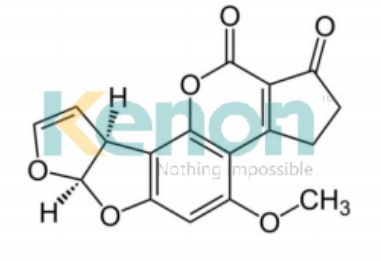
Figure 1. Chemical structure of aflatoxin B1
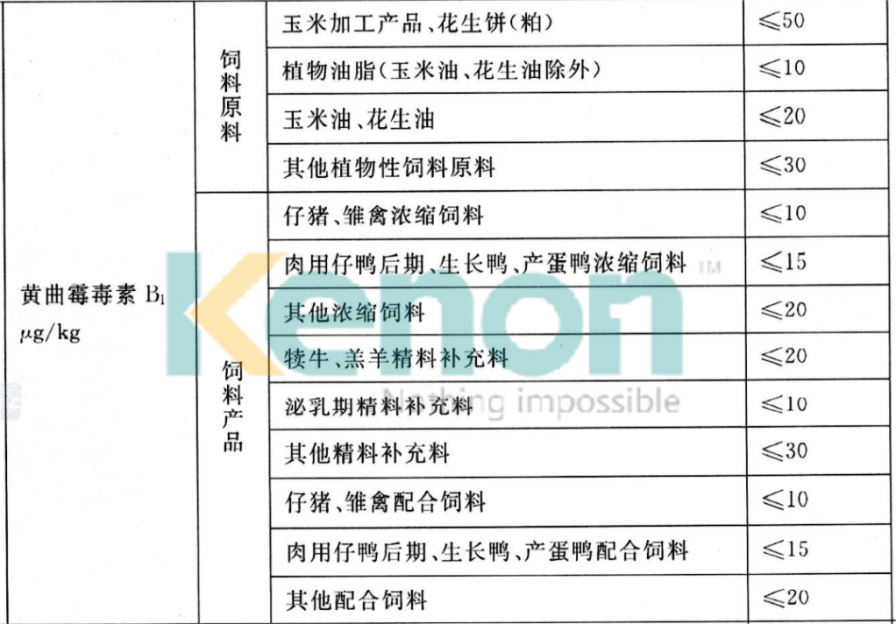
Figure 2. GB 13078-2017 Limits for Aflatoxin B1 in Feed
The lethal impact of aflatoxin B1 on the liver
AFB1 is difficult to remove from animal feed due to its stable physicochemical properties, mainly entering the animal body through contaminated feed. AFB1 is mainly absorbed in the intestine, then enters the bloodstream and is transported to the liver. The liver is the most important organ for substance metabolism and detoxification in the body. When the body ingests feed containing AFB1, it can lead to acute or chronic diseases, with liver lesions being the most prominent. In the liver, AFB1 undergoes various metabolic reactions such as reduction, oxidation, hydroxylation, and demethylation. Some of them are converted into less toxic metabolites and excreted with milk, urine, or bile; The other part generates metabolic toxic substances AFBO, which can react with RNA, DNA, or liver proteins, causing DNA damage, protein inactivation, or denaturation. It can also trigger the generation of reactive oxygen species (ROS) through the catalytic action of CYP450 enzymes, leading to oxidative stress damage to the body and increasing the content of malondialdehyde (MDA) in tissues.
The health effects of aflatoxin B1 on animals mainly manifest in liver damage and immune system suppression. Acute poisoning manifests as symptoms of liver toxicity, such as lethargy, loss of appetite, jaundice, bleeding, etc. Long term exposure can lead to liver damage, affecting animal growth performance and reproductive ability, weight loss, and reduced production efficiency; This can lead to serious economic losses.
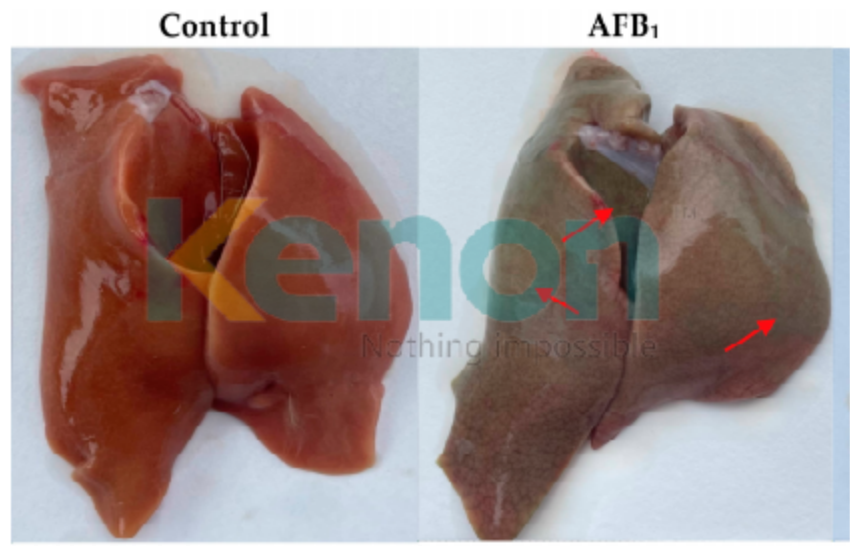
Figure 3. Liver damage caused by aflatoxin B1 in meat ducks
Application of bile acids
In addition to physical detoxification, chemical detoxification, and biological detoxification, supplementing exogenous substances in feed and implementing exogenous regulation are important ways to alleviate the toxic effects of AFB1 on the body. Bile acids, as a natural bioactive component, have been proven to have significant protective effects on the liver. Bile acids promote the biotransformation and excretion of AFB1 in the liver through various pathways, alleviating liver damage caused by AFB1. Liang Chen confirmed that adding bile acids to feed can protect broiler chickens from AFB1 induced liver toxicity, inflammation, and oxidative stress; At the same time, it significantly improves the AFB1 metabolism and AFB1/AFBO excretion from the liver to the gallbladder and cecum in broiler chickens.
1. Promote toxin metabolism
Bile acids increase the expression of antioxidant enzymes such as superoxide dismutase (SOD), catalase (CAT), glutathione peroxidase (GPX), and glutathione S-transferase (GST)。In liver detoxification related reactions, GST can catalyze the binding of AFBO with GSH, converting it into non-toxic or low toxicity metabolites that are excreted from the body. The content of GSH in the body is a key reflection of the redox state. Exposure to AFB1 can reduce the content of GSH in the body, as well as decrease the activity of antioxidant enzymes such as catalase (CAT), superoxide dismutase (SOD), and glutathione peroxidase (GPX), and increase the levels of peroxides such as MDA in the body. Bile acids assist the liver in converting AFB1 into non-toxic or low toxicity metabolites by increasing the expression of antioxidant enzymes such as superoxide dismutase (SOD), catalase (CAT), glutathione peroxidase (GPX), and glutathione sulfhydryl transferase (GST).
2.Promote toxin efflux:
Bile acids promote the clearance of toxins through the hepatobiliary pathway. Free bile acids can promote the secretion of bile and enhance the flushing of bile on bile ducts. The increase in bile secretion can assist the liver in carrying processed toxins into the intestine and excreting them with feces, reducing the retention time of mycotoxins in the body and thus alleviating the damage of toxins to the body.
3.Relieve liver damage caused by toxins
Bile acid activated FXR signaling pathway has anti-inflammatory, anti apoptotic, and anti autophagic effects (Figure 4). In the liver, FXR is considered a multifunctional cell protective agent (Figure 5). FXR maintains normal bile acid, glucose, and lipid metabolism in the liver; FXR promotes regeneration and repair after liver injury; FXR protects liver cells from death and enhances cell survival rate; FXR combats hepatitis by inhibiting the NF-KB and STAT3 mediated signaling pathways, thereby preventing inflammatory damage; FXR can directly increase the expression of some tumor suppressor genes and inhibit the transcription of several oncogenes.
Bile acids alleviate oxidative stress. Bile acids alleviate oxidative stress by increasing the activity of CAT and SOD, reducing the level of MDA.
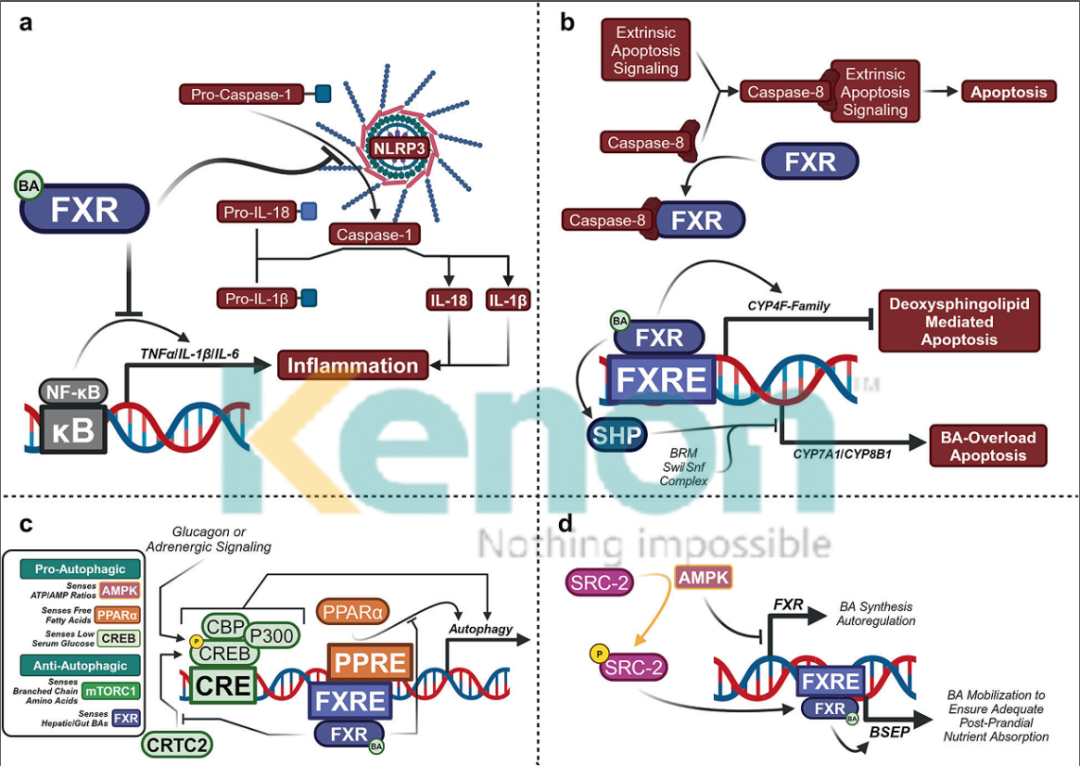
Figure 4. FXR signaling pathway for anti-inflammatory, anti apoptotic, and anti autophagy effects
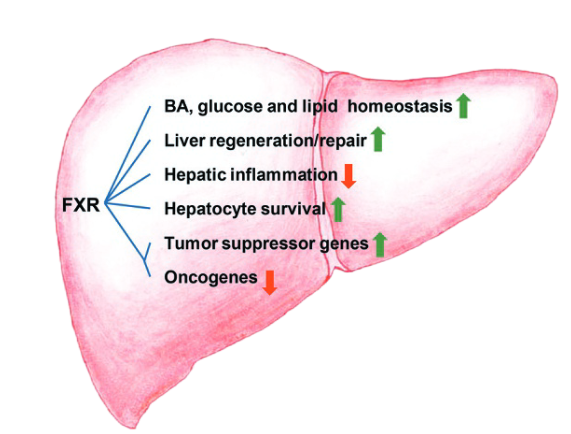
Figure 5. FXR protects the liver
Bile acids activate the TGR5 signaling pathway to anti-inflammatory, enhance immunity, and promote bile flow (Figure 6). The non metabolic function of TGR5 is to protect the liver, reduce its exposure to inflammatory signals, and maintain normal biliary function.
TGR5 inhibits pro-inflammatory NF - κ B activity and reduces the expression of cytokines such as interferon Y (IFNy), interleukin-13 (IL-13), IL-2, L6, and TNFa, achieving significant anti-inflammatory effects.
The activation of TGR5 promotes the secretion of chloride ions, which then exchange with bicarbonate through anion exchange protein 2 (AE2) and enter the bile duct, maintaining bile flow and promoting the efflux of toxins.

Figure 6. Immune effects of bile acid activated TGR5 signaling pathway